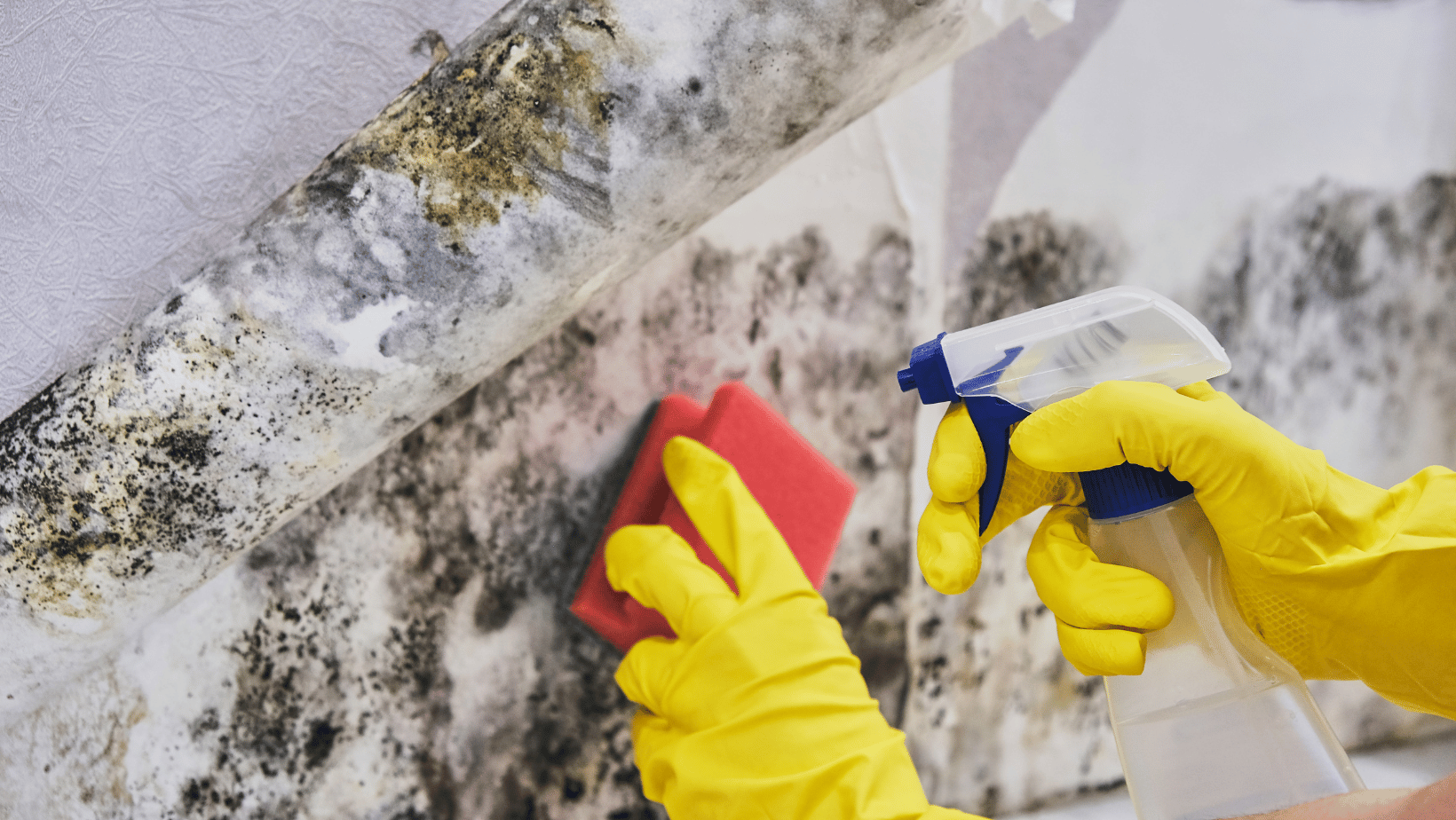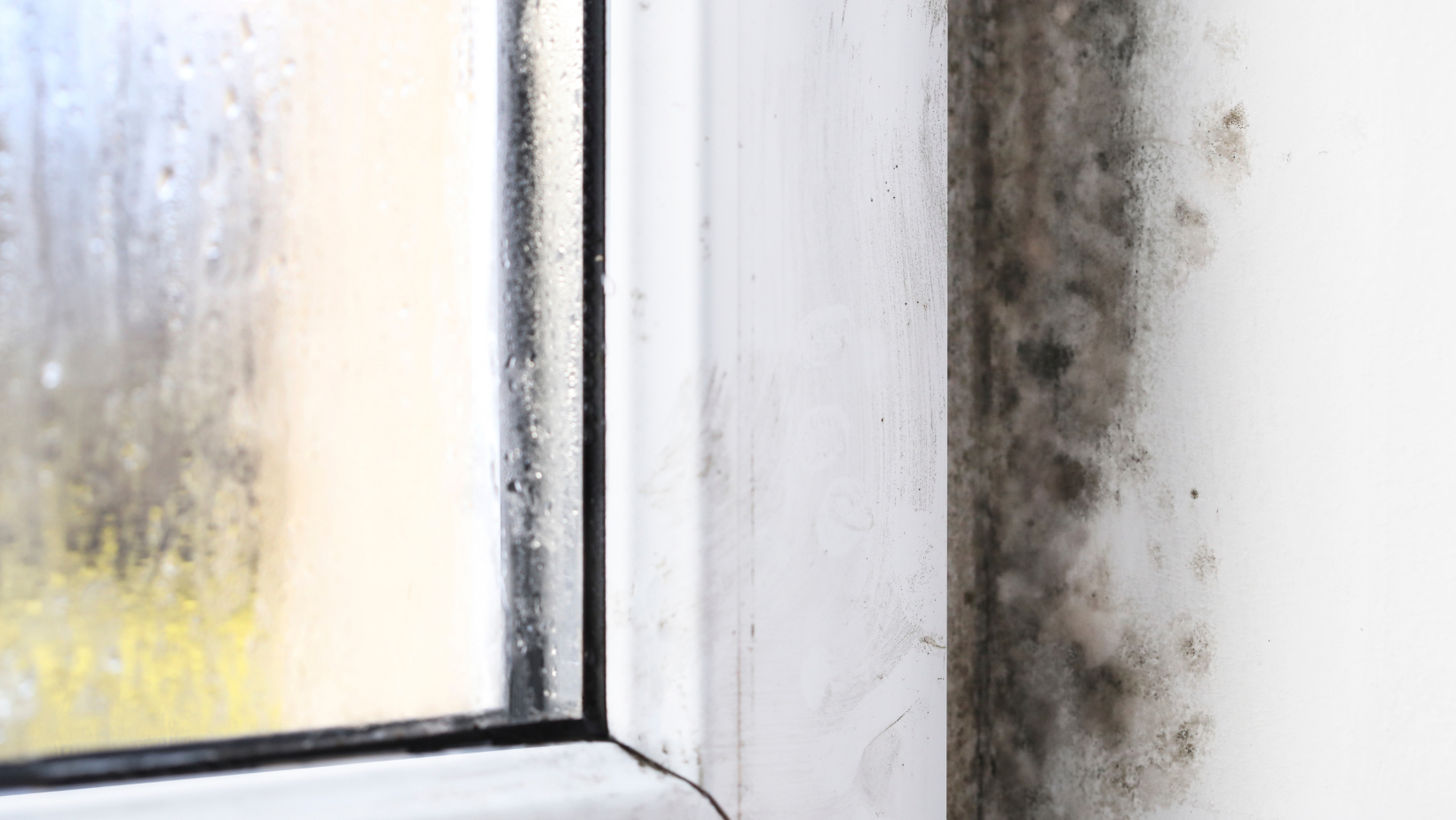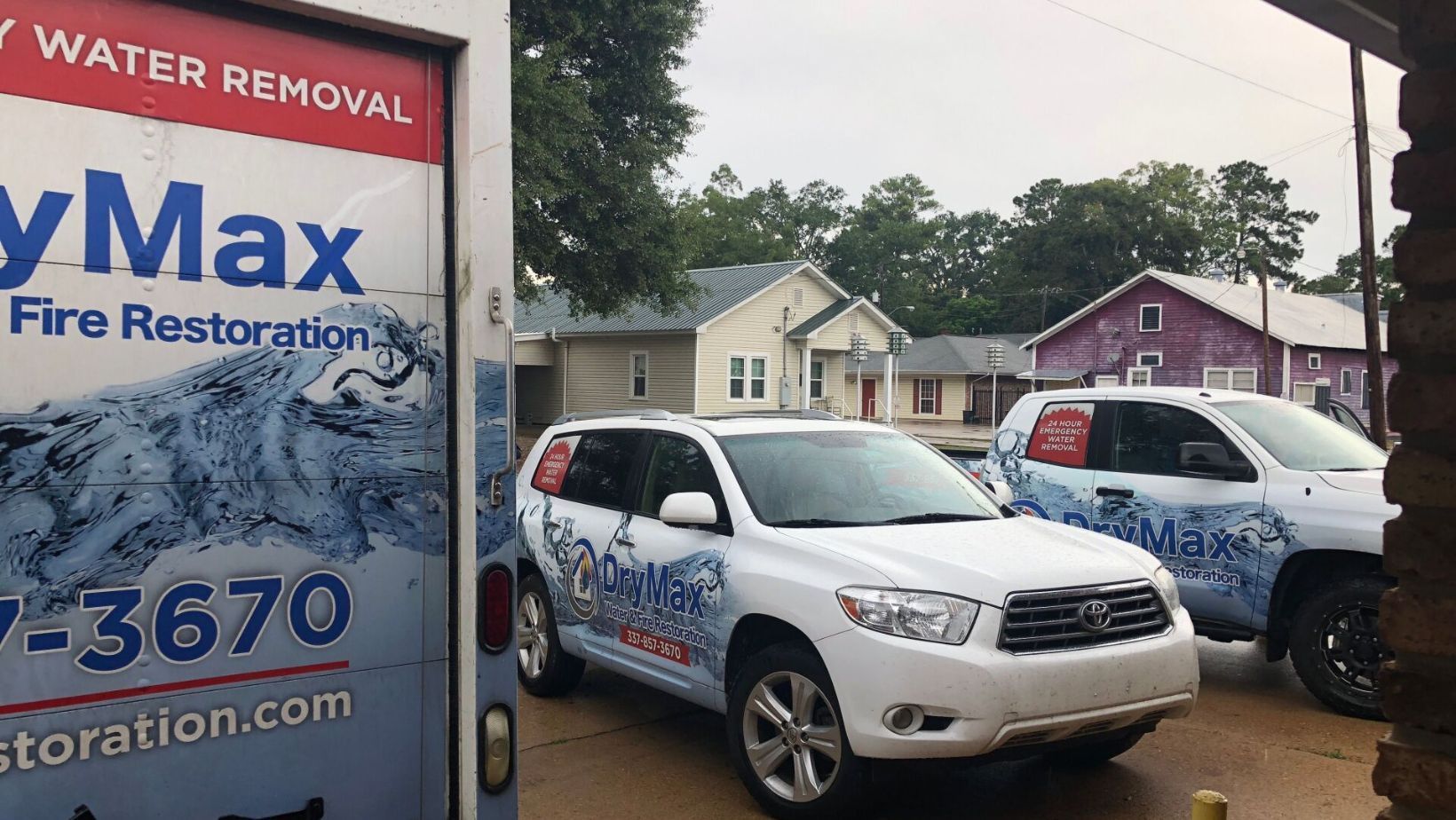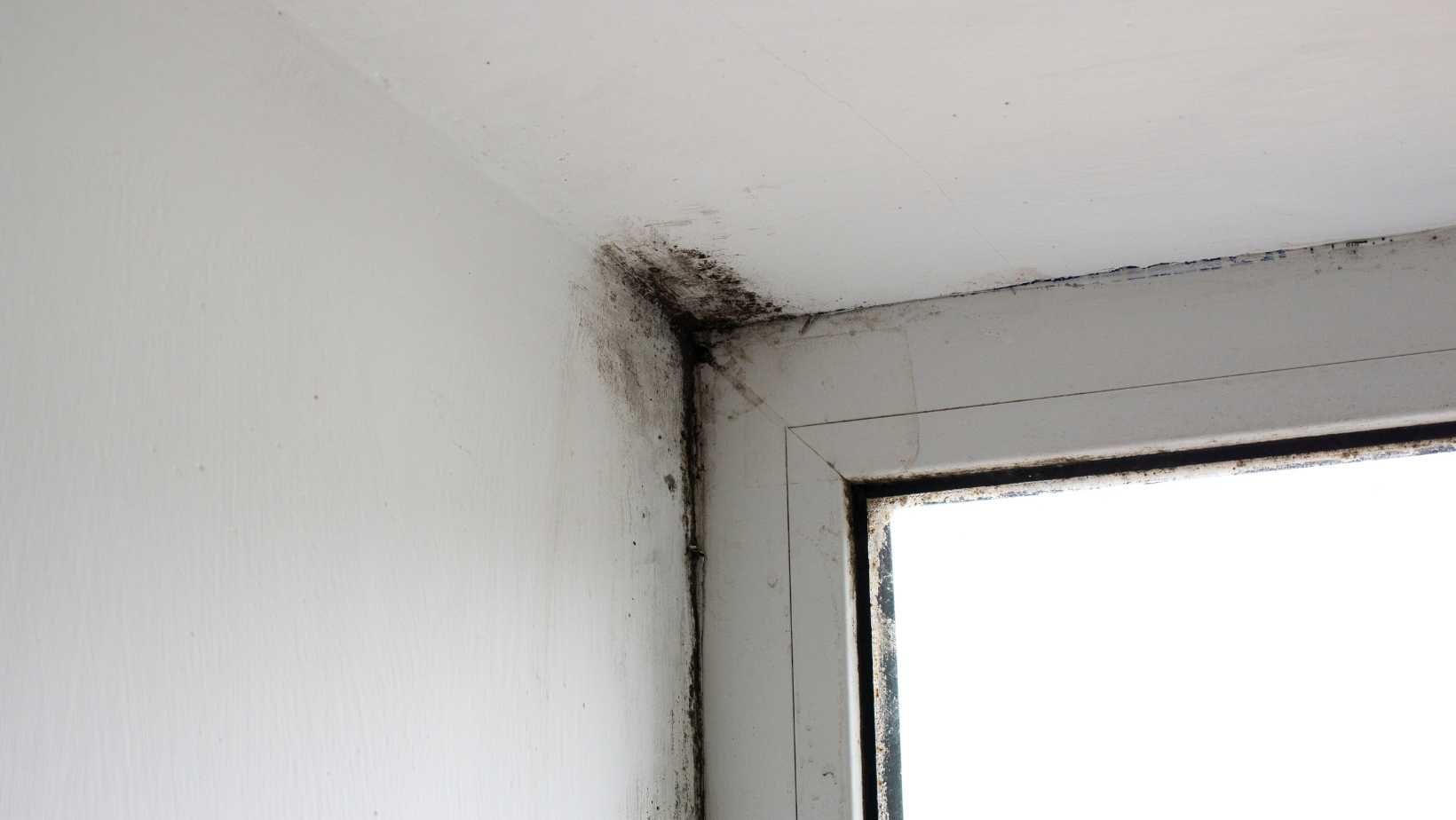Understanding Chronic Inflammatory Response Syndrome (CIRS)
Chronic Inflammatory Response Syndrome (CIRS) is a chronic and debilitating illness that results from exposure to mold biotoxins found in water-damaged buildings.
When the body encounters these biotoxins, it triggers an inflammatory response that can lead to various symptoms such as fatigue, headaches, joint pain, brain fog, and difficulty concentrating. Unfortunately, CIRS can cause systemic damage that may take a long time to heal. More bad news is that Louisiana residents are at higher risk due to overly conducive conditions for mold growth.
Managing CIRS requires identifying the source of the biotoxins and eliminating exposure. However, this may not be enough to completely treat the disease. Detoxification treatments, such as intravenous infusions or oral medications, may also be effective in reducing the symptoms of CIRS and promoting healing. In addition, lifestyle changes such as stress reduction and dietary adjustments may be essential for a full recovery.
If you're suffering from CIRS, it's crucial to eliminate the biotoxins from your home or office to prevent further health complications.
CIRS Symptoms: What to Look Out for
Chronic inflammatory response syndrome (CIRS) can lead to various physical symptoms that are worth identifying. These can include:
- Fatigue
- Headaches
- Body aches
- Fever and chills
- Night sweats
- Digestive problems
- Muscle and joint pain
- Skin rashes
- Nasal congestion and sinusitis
- Light sensitivity
- Dizziness
CIRS can also manifest in other ways, such as cognitive, neurological, and psychological symptoms. These may include memory loss, difficulty concentrating, brain fog, burning or tingling sensations in the hands or feet, motor control issues, tremors, poor balance or coordination, numbness, depression, anxiety, mood swings, insomnia, and irritability. Additionally, people in Louisiana with CIRS may experience chemical sensitivities, food intolerances, and hormonal imbalances.
It's important to note that the severity of these symptoms can vary depending on how long a person has been exposed to biotoxins. Those who have had CIRS for longer periods of time are more likely to suffer from more severe and frequent symptom flare-ups.
If you believe you may have CIRS, it's always best to seek
professional medical help in order to diagnose your condition and find the best treatment plan. And if you've already been diagnosed, consider reaching out to DryMax to learn more about our mold remediation services that can help remove the biotoxins that are damaging your health.
Understanding the Relationship between CIRS and Biotoxin Mold
Biotoxin mold is a result of moisture buildup in a building caused by water leaks or flooding. The presence of mold can lead to the release of harmful substances such as mycotoxins into the air, which can cause a range of respiratory illnesses and systemic symptoms. The most common type of biotoxin mold that causes CIRS is Stachybotrys chartarum, commonly known as black mold.
If you suspect that you've been exposed to biotoxin mold, it's essential to get tested for CIRS and seek appropriate treatment. Along with testing for CIRS, identifying the mold's source and removing it is crucial. At DryMax, we specialize in developing effective CIRS treatment plans and identifying the cause of mold. Our team of Louisiana mold experts is experienced in dealing with CIRS-causing biotoxin molds and can offer expert advice and guidance on how to maintain a safe environment in your home or office.
DryMax's CIRS Mold Remediation Protocol
DryMax's CIRS Biotoxin Mold Process starts with a comprehensive evaluation of your Louisiana home or business. We utilize a Hybrid CIRS Mold Inspection Process that combines traditional mold sampling techniques with qPCR testing (ERMI, HERTSMI) testing to achieve this.
Our evaluation methods may include:
- Air testing
- Surface testing
- Bulk sample collection
- Visual inspection
- Thermal Imaging
- Moisture Mapping
- Wall cavity sampling
- qPCR Testing
- ERMI/HERTSMI testing
By following this hybrid testing method, we are able to approach both the building and the patient in a comprehensive manner. Once the assessment is complete, we will analyze the samples and consult with your medical provider to decipher the findings. If mold remediation is required, our mold remediation protocol can include:
- Cleaning, removal and/or encapsulation of the mold source.
- Implementing ventilation solutions to ensure proper air flow.
- Sealing off any entry points for moisture.
By utilizing a modern, medically-approved approach to CIRS mold treatment, we can help reduce your exposure to biotoxins and alleviate the symptoms of CIRS Syndrome.
DryMax Mold Treatment for Louisiana C.I.R.S. Sufferers
At DryMax, we understand the importance of a healthy home and the impact it has on your well-being. That's why we offer effective CIRS Biotoxin Mold Treatment to help individuals reclaim their health and their homes.
DryMax Mold is fully licensed, certified and insured to provide top-quality CIRS mold testing, and inspection services. If you need assistance in your area of Louisiana,
click here or give us a call at **337-366-0900**
You might also like
DryMax Mold Blogs






